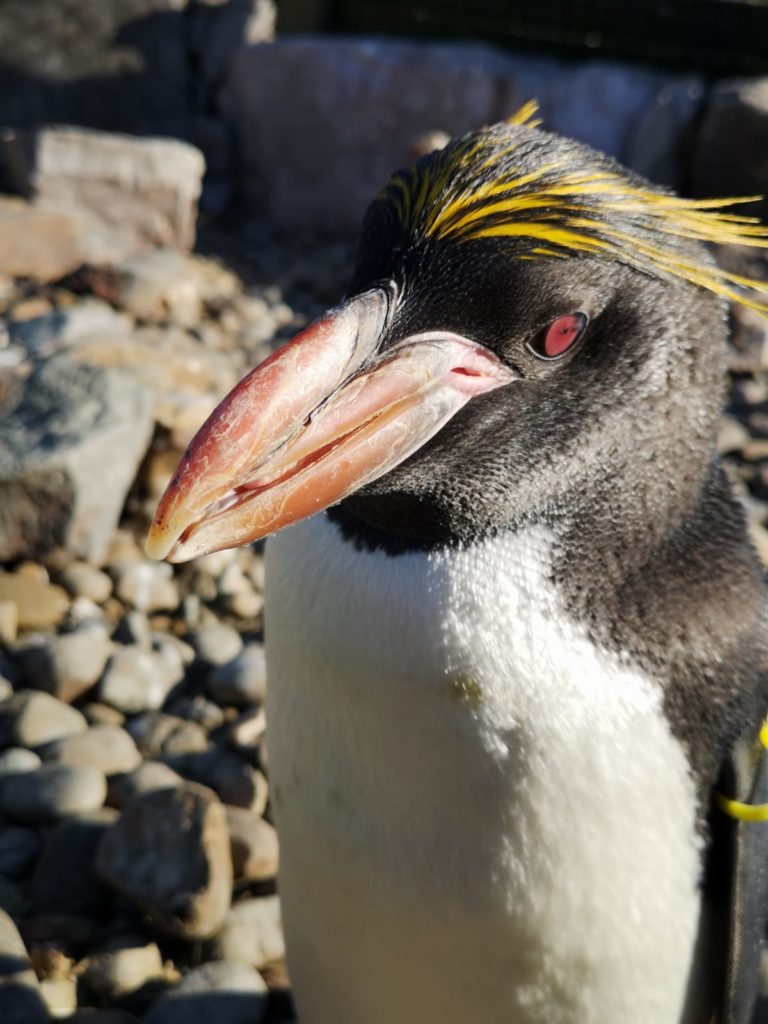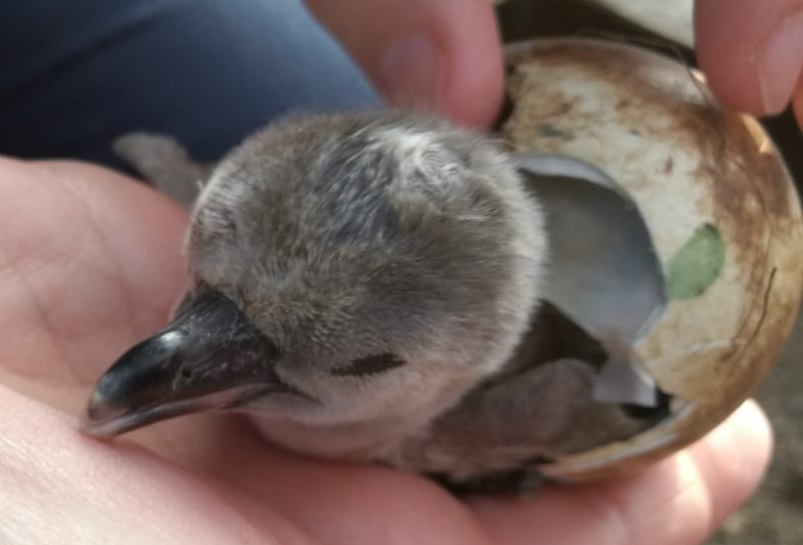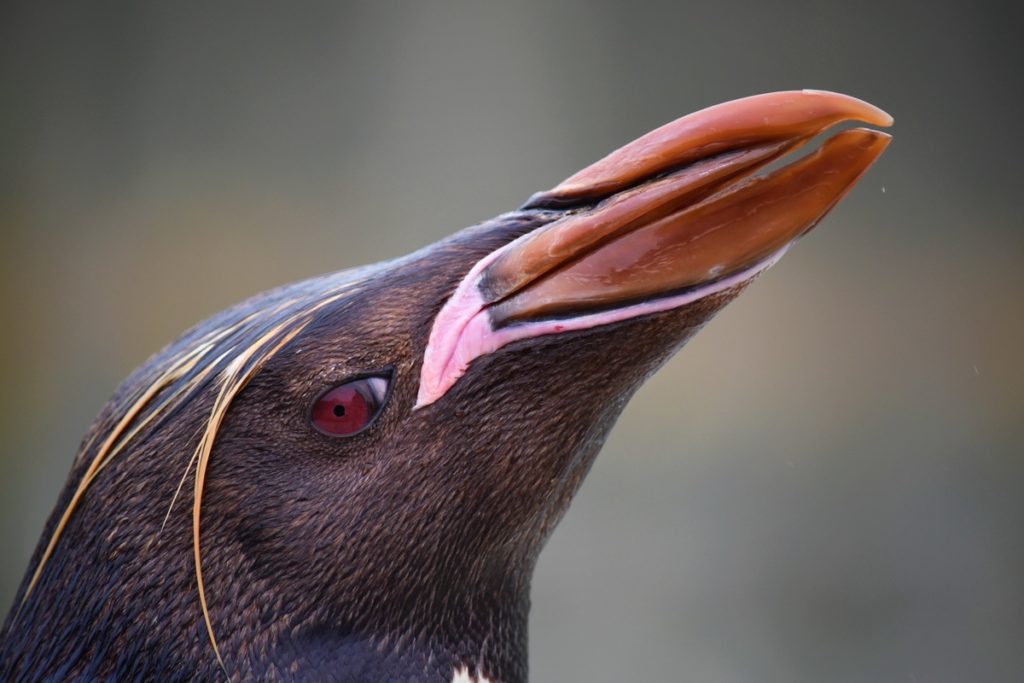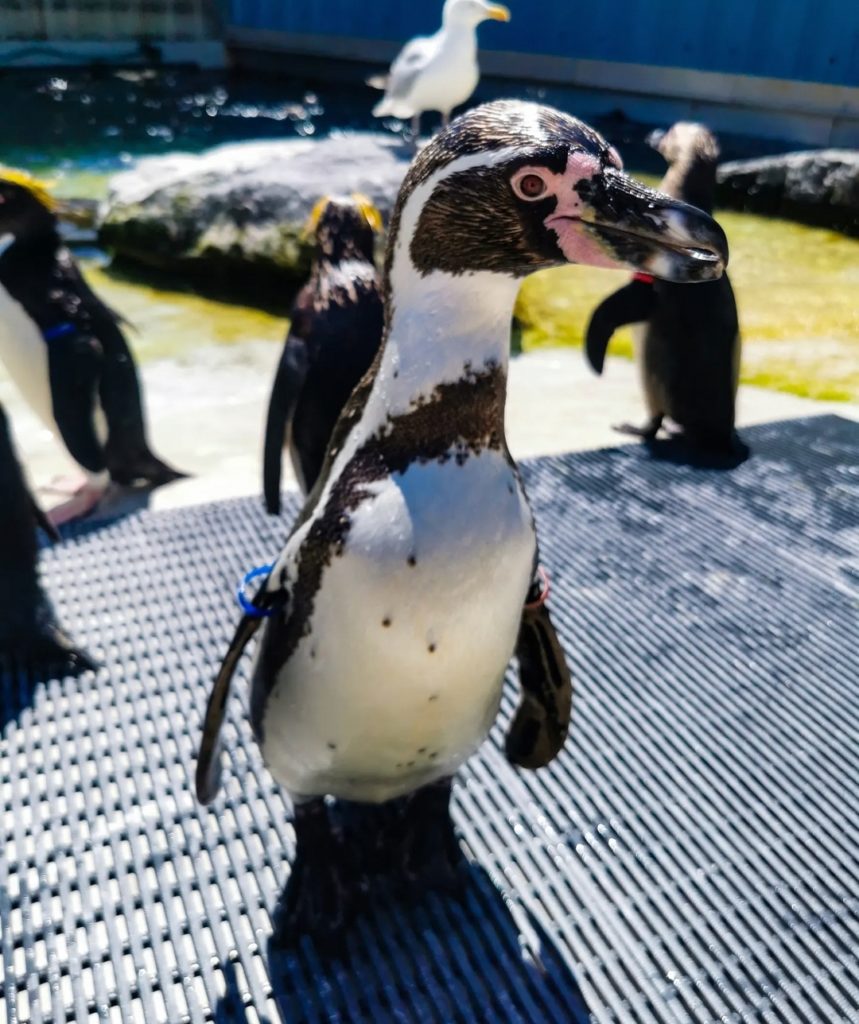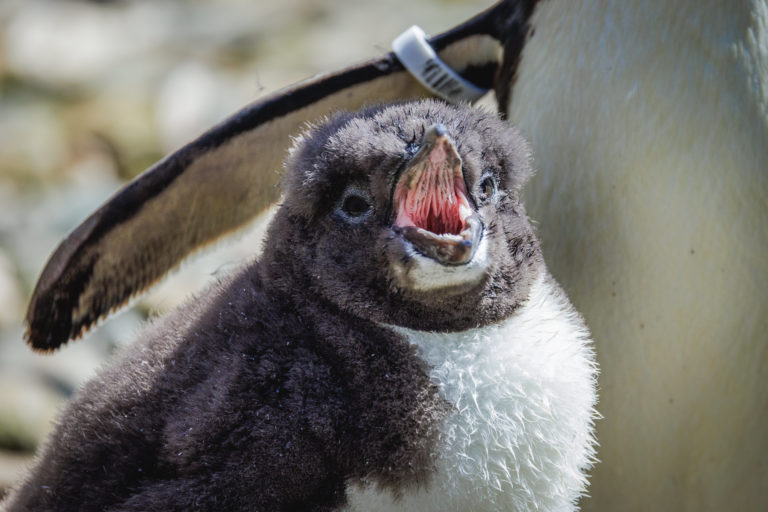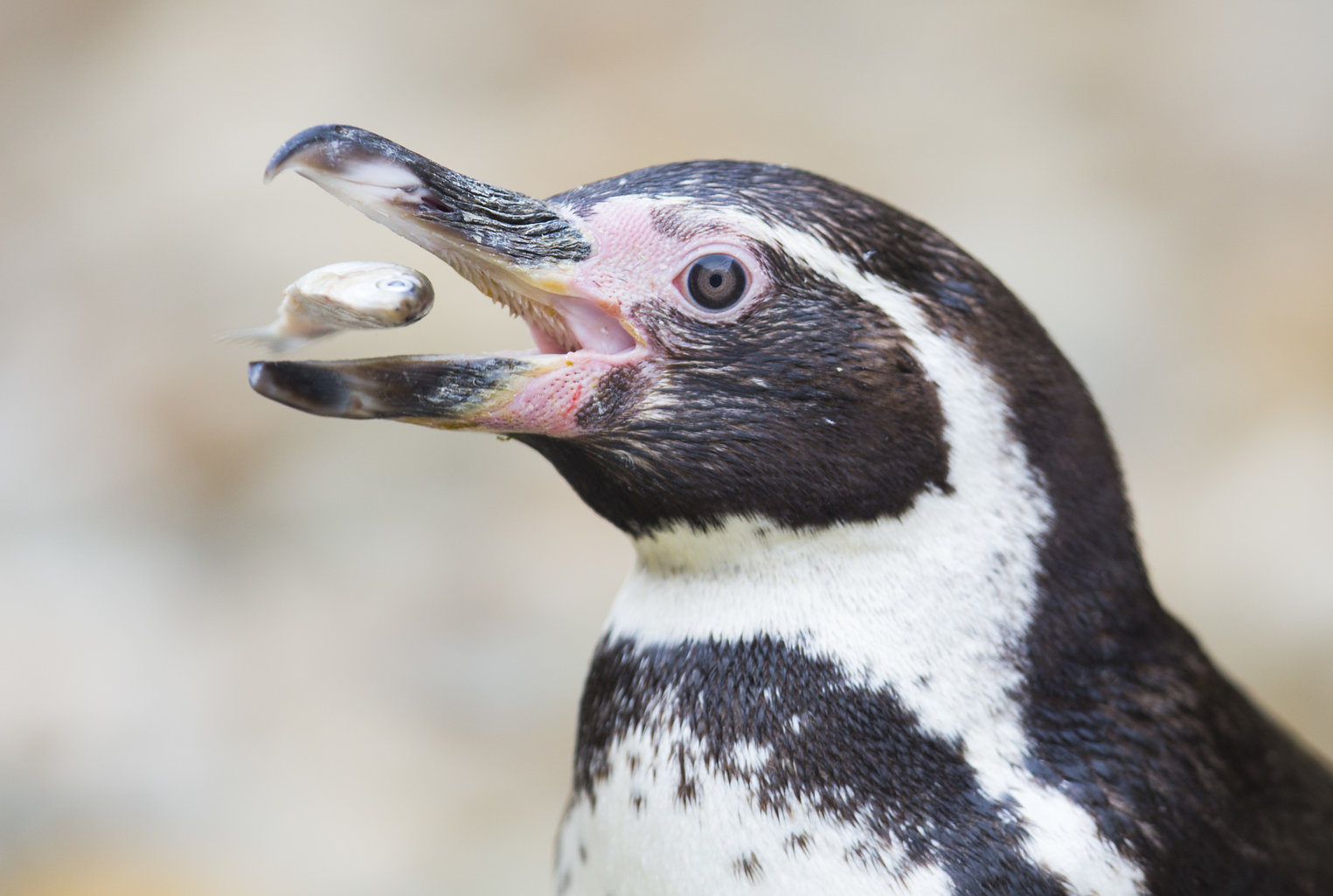

Many people think all penguins live in cold places like Antarctica (the South Pole). But only a few types of penguin live that far south.
They get their name from the cold sea current that runs along the west coast of South America from Chile to Peru – and that was named after the explorer Alexander von Humboldt. These penguins make their home on sandy beaches and rocky coastlines and generally live for between 20 and 25 years.
We have a large group of Humboldt penguins at Folly Farm. They live in our Penguin Coast enclosure.
The Humboldt penguin is at risk of becoming extinct. This is why they’re part of a breeding programme. You can read about the penguin chicks we’ve added to our colony.
The biggest threat to Humboldt penguins is their habitat being destroyed, through the harvesting of guano, their nesting material, as a fertiliser. Also, their food is becoming scarce, because of over-fishing. And climate change is a threat too.
Latin name
Spheniscus Humboldti
Class
Aves
Order
Sphenisciformes
Family
Spheniscidae
Conservation status
Vulnerable
Amaze your friends with these facts about penguins!
In the wild, penguins eat fish, shellfish and squid. We feed our Humboldt penguins with sprats, a type of small fish, which are caught without reducing their numbers in the sea.
Yes! If penguins are your favourite animal we’ve got the p-p-p-p-perfect thing – you can adopt a penguin with Folly Farm today for a one off payment that includes a cuddly penguin toy, an adoption certificate, a penguin fact sheet and the name of the adopter displayed at the penguin enclosure.
You can! A Folly Farm penguin feeding experience gives you the chance to feed our group of Humboldt and Macaroni penguins. You’ll be among our Humboldt and Macaroni penguins on the Penguin Coast beach, taking charge of the feed during our daily penguin talk
Penguins can live on land and in the water. They use their wings like flippers, and fly through the water at speeds of up to 27kph.
On land, a group of penguins is called a waddle, a colony, a rookery or a penguinery. In the water, a group of penguins is called a raft.
We’re often asked how we know which of our penguins is which. The Humboldt penguin has little black spots or markings on its white belly. Each spot pattern is unique, like a fingerprint, so you can tell the penguins apart. To make it easier for our penguin keepers and visitors to spot who’s who, we’ve placed coloured bands on the penguins’ flippers. This doesn’t hurt them, and it means we can easily make sure every penguin has been fed the right amount of food.
To camouflage, or help them hide. When seen from above, the black blends in with the deep colours of the ocean floor. From below, the penguins’ white bellies are hidden by the bright surface.
Penguins are very sociable birds, and make lots of different sounds depending on what they’re trying to say. Their main noise is often described as a honk, or braying sound.
There are thought to be 17 different types, or species, of penguin living in the world today. Here’s the full list of the different species of penguin:
Not all penguins live in cold countries. But all 17 types of penguin do live in the Southern Hemisphere. Only those in captivity can be found in the Northern Hemisphere. Outside of Antarctica, penguins tend to live on rocky coastlines or desert regions. The Humboldt penguin originally comes from the west coast of South America.
Yes, most penguins have the same partner all their adult lives. When a male penguin reaches breeding age, it will go and find a nest. If a female comes along and likes the look of this new home, she’ll move in. At the start of each breeding season, the same two penguins will pair up again.
Yes, but so does mum. Penguins ‘co-parent’, which means both the male and female raise their young. Each parent takes a turn to sit on the egg, while the other goes off to feed. When the chick has hatched, they take turns to keep the chick warm and bring back food. They swallow the food, and then regurgitate it for the chick to eat.
Penguins usually lay two eggs in each breeding season. This is called a clutch. They lay the eggs several days apart, and each one takes around 34 days to hatch. To incubate the eggs (keep them warm), penguins rest them on their feet and then push them up into their feathers, close to their skin.
Guano is the poo of sea birds, bats and seals. Penguins make their nests in it, and it helps to keep their body temperature constant in changing conditions. It also helps protect their eggs and chicks from predators.
